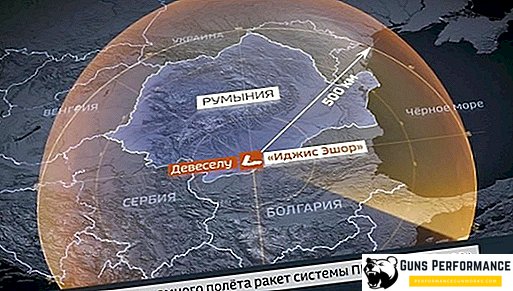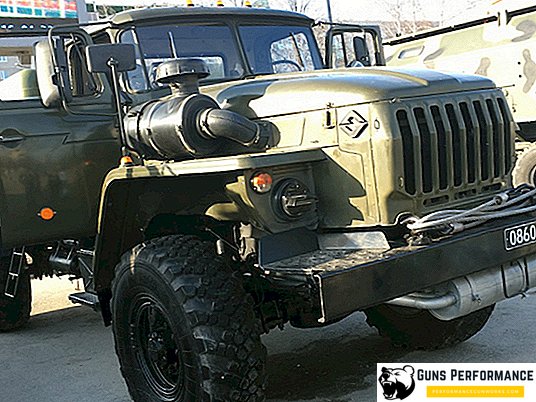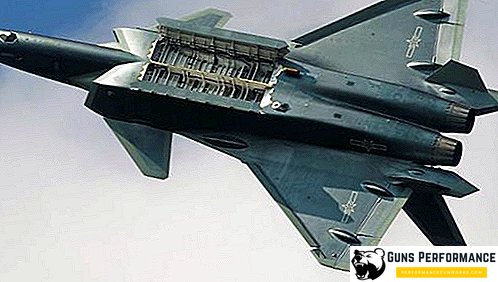A report by the Mitchell Institute for Aerospace Studies (Mitchell Institute for Aerospace Studies) provided a detailed rationale for why the United States should develop hypersonic weapon systems.

The presence of such weapons will allow the American army to strike all over the world with such speed that the enemy simply does not have time for measures to repel an attack. Thus, all missile defense systems (ABM) lose the meaning of their existence.
In the Russian Federation and the People’s Republic of China, the design and manufacture of prototypes, as well as their testing, are significantly ahead of the research that has already been done in the United States. In December 2018, Avangard tests were conducted in Russia, during which the combat unit accelerated to a speed of 27 M. This is approximately 8.9 km / s, which is quite comparable with comic speeds.
According to the Russian side, such a system is in production and its adoption for service is a matter of the near future.
China is no less aggressively advancing in the development of hypersonic weapons. At least in the past year, China has conducted more tests of such systems than the United States over the past 10 years.
Today, the United States does not have this potential. The reality is that their missile defense systems are not able to withstand hypersonic armament complexes. This weapon was designed to use "holes" in US missile defense.
The satellite grouping of the Missile Defense Agency (MDA), ground-based and sea-based radars and interceptors are designed to counter the threat of attack using traditional (ballistic) missiles that can be launched from North Korea or Iran.
What is the way out of this situation?
If the flight path of a ballistic missile is more or less predictable, then the hypersonic projectile moves in space with complete unpredictability, maneuvering throughout the entire flight.
This leads to a decrease in the effectiveness of anti-missile systems such as the Patriot and THAAD. The high speed of hypersonic rockets and low flight altitude reduces the range of their detection and reduces the response time to a level when none of the existing missile defense systems have any chance of timely defeating an enemy projectile.
Successful confrontation with the threat of hypersonic weapons will require the United States to invest heavily in a broad defense structure, create complexes to detect hypersonic missiles, monitor their movement or even destroy them with countermeasures that may include kinetic interceptors, directional guns or a combination of these.
For effective operation of such a system, high-quality communication lines and data processing complexes should be used, which will ensure the distribution of information between elements of a system capable of tracking and destroying a hypersonic rocket.
China and Russia have convinced the Americans that it’s already inappropriate to build a missile defense system in the way they have done so far.












